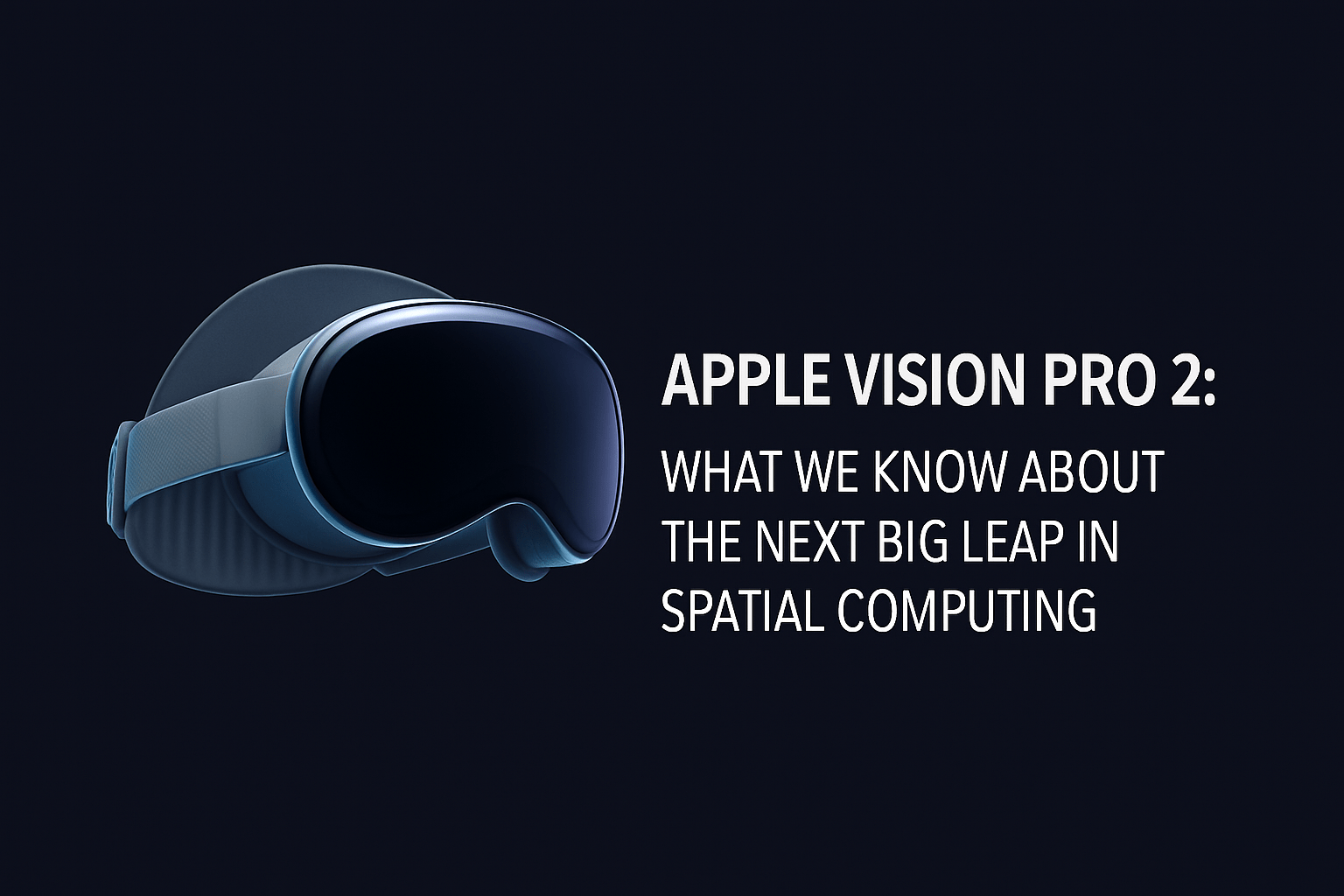Google’s Self-Designed Tensor Chips will Power Its Next

As the tech world races toward smarter, more intuitive devices, Google is pushing the envelope with its self-designed Tensor chips. No longer merely customizing off-the-shelf silicon, the company is engineering its own custom SoCs—bringing together AI smarts, performance, and efficiency. Here’s a deep dive into how Tensor evolved, what’s on the horizon, and what it means for Google and its users.
1. From Concept to Reality: The Birth of Google Tensor
Google began conceptualizing its homegrown SoC back in 2016, inspired by early co-processors like Pixel Visual Core and Neural Core for image and neural processing Wikipedia. The project accelerated around 2020, codenamed “Whitechapel,” laying the groundwork for what would become Tensor Wikipedia.
Unveiled in 2021 with the Pixel 6, Tensor represented a pivotal shift—melding AI and machine learning into the smartphone chip itself, enabling on-device translations, motion-mode photography, and powerful speech recognition across live captioning and translation—all while managing power efficiently Google Blog.
2. Evolving with the Times: Tensor G2, G3, G4
Over the next few years, Google iterated rapidly: launching Tensor G2 in 2022, G3 in 2023, and G4 in 2024—each fueling more advanced Pixel models Wikipedia.
With each generation, Google honed hardware-software alignment, unlocking better computational photography, AI speed, and data security—all while benefiting from increasingly refined process nodes and IP integration. By G4, features like Live Translate, Call Notes, and Gemini-driven tools were all native and seamless experiences Google Store.
3. A Bold Shift: Full Self-Design with Tensor G5
Tensor G5 marks Google’s boldest move yet: a chip fully designed in-house, with minimal external reliance and optimized for edge-AI performance. Key milestones include:
- Manufacturing shift: Moving from Samsung to TSMC’s advanced 3 nm process, boosting efficiency, performance, and thermal control TrendForceAndroid CentralCinco DíasTom’s Guide.
- Component overhaul: Custom ISP from front to back, new Imagination DXT GPU replacing Mali, plus in-house audio and DSP blocks (AoC, Emerald Hill, GXP) combined with licensed IP for standard interfaces Android Authority.
- Fully custom: No longer just integrating external modules—G5 reflects Google’s focused architectural vision, driven by Tensor’s AI-first philosophy Android AuthorityTom’s Guide.
4. Why It Matters: Advantages of the In-House Approach
Efficiency & Thermals
TSMC’s 3 nm node delivers improved power efficiency and cooling, translating to smoother performance and better battery life Tom’s GuideCinco Días.
Future-Proof Design
Owning core IP (ISP, DSPs, memory) lets Google tailor its chips for future AI features without waiting on partners—accelerating innovation and consistency Cinco DíasLOS40.
Tighter Hardware–Software Integration
Deep control over silicon enables Pixel devices to run AI software like Gemini, computational photography, and speech tasks more smoothly and responsively Tom’s GuideGoogle Store.
5. What’s Next: Looking Ahead to Tensor G6 and Beyond
Beyond G5, the roadmap includes Tensor G6, likely to debut in the Pixel 11, built on TSMC’s cutting-edge 2 nm process—offering even greater performance-per-watt and future edge AI capabilities TweakTown.
Google is also locked in with TSMC for a multi-year partnership, possibly through the Pixel 14 generation—solidifying its silicon independence and supply chain stability 9to5GooglePerplexity AIAndroid Authority.
6. Real-World Impact: What It Means for You
- Sharper AI Experiences: Smarter translations, faster editing, crystal-clear calls, and instant generation tools—all courtesy of AI-native chips.
- Improved Thermals & Battery Life: Less heat, longer use, and smoother performance under pressure.
- Longevity: Better pixel support: Deep control may translate to consistent updates and sustained feature support across devices.
- Enhanced Photography & Graphics: Fully custom ISPs, GPU, and AI coprocessors elevate photos, video editing, and visual interactions.
7. Potential Challenges to Watch
- Raw processing power: Despite AI optimization, Tensor may still lag behind flagship counterparts in peak benchmark scores Tom’s Guide.
- Balancing cost and innovation: Self-design and advanced nodes mean R&D costs could be high—but Google appears committed to long-term hardware-software integration.
- Execution matters: Sustaining this design-intensive approach requires talent, resources, and strategic focus.
8. Summing Up: An AI-Centric Silicon Strategy
Google’s journey from modest co-processor beginnings to fully custom, AI-optimized SoCs is a testament to their long-term vision. With Tensor G5 redefining Pixel capabilities—and G6 and beyond on the horizon—the company is laying a hardware foundation as distinctive as its software.
For users, it promises smarter phones that feel intuitive, powerful, and uniquely Google—with innovation designed from chip to cloud.
Key Takeaways Table
| Chip Generation | Manufacturing | Notable Firsts & Highlights |
|---|---|---|
| Tensor (2021) | Samsung | First in-house SoC; AI features powered on-device |
| G2–G4 | Samsung | Evolutions in AI, photography, call features |
| G5 | TSMC 3 nm | Fully custom design; ISP, GPU, DSP all in-house |
| G6 (upcoming) | TSMC 2 nm? | Next-gen power, efficiency; Pixel 11 onwards |
Final Thoughts
By taking chip design firmly into its own hands, Google is embracing an AI-first silicon future—where devices are smarter, more efficient, and more harmonized than ever before. For users, this translates to meaningful features that just feel faster, smoother, and smarter.











